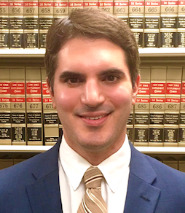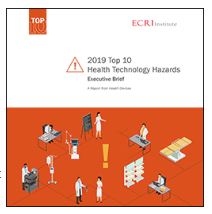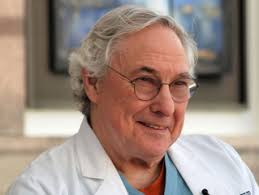New York Medical Malpractice Attorney Jeffrey Bloom to Co-Chair “Lets Talk… All Things Med. Mal.” Seminar
 Our partner, NYC Medical Malpractice Attorney Jeffrey Bloom will be Co-Chairing “Lets Talk… All Things Med. Mal.”. Organized by the New York State Trial Lawyers Association, this seminar will take place at NYSTLA office in Manhattan on January 23rd from 6:00 to 9:00 pm.
Our partner, NYC Medical Malpractice Attorney Jeffrey Bloom will be Co-Chairing “Lets Talk… All Things Med. Mal.”. Organized by the New York State Trial Lawyers Association, this seminar will take place at NYSTLA office in Manhattan on January 23rd from 6:00 to 9:00 pm.
Presented as a round table type discussion, the seminar will address all the aspects of a Medical Malpractice Trial – jury selection, opening statements, direct and cross examination as well as summation – from the different perspectives of the plaintiff, the defendant and the Court.
Participants will learn:
 New York Personal Injury Attorneys Blog
New York Personal Injury Attorneys Blog









